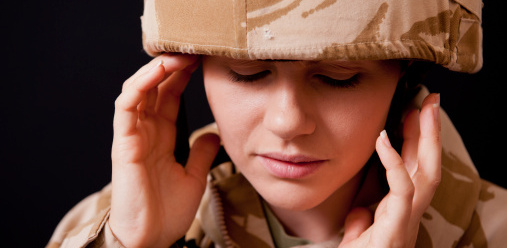Hearing Loss and Veterans
One of the most common injuries to war veterans is hearing damage. 60% of soldiers returning from warzones experience some version of hearing damage – either hearing loss, tinnitus, or both. This accounts for around 414,000 US veterans from Iraq and Afghanistan to date. Most people are concerned with loss of limbs, post-traumatic stress disorder, and brain injuries while less attention is brought to hearing loss. Despite its prevalence, hearing damage is often overlooked since it is generally does not cause loss of life.
The two main reasons for hearing damage from war are short-term exposure from high-intensity noise and long-term exposure to loud ambient noise. This can involve everything from loud trucks and helicopters to machine guns, artillery fire, and blasts from explosives. The prevalence and intensity of damaging wartime noises has increased over time, particularly with the use of improvised explosive devices (IEDs), which has resulted in more hearing damage for soldiers than in the past. Hearing protection is provided by the military, but many soldiers will forgo using it in order to listen carefully for signs of danger. In addition – if soldiers find themselves in a combat situation suddenly, there is no time or good way for them to grab hearing protection.
One of the problems with diagnosing hearing loss is that many veterans don’t seek medical attention when they first start to notice problems. Military culture can be partially to blame since hearing loss is so prevalent. Hearing loss has often been seen as a necessary evil or even an honorable sign that a soldier has seen action. However, this delay in treatment is not unique to veterans. Many individuals try to live with their hearing loss, despite the fact that damage to hearing cannot be reversed. On average it takes 7 years for someone to talk to a doctor after they first start noticing changes in their hearing.
Hearing loss is costly for the U.S. Department of Veterans Affairs with around $2 billion in benefits dispersed annually. The VA purchases one in every five hearing aids sold in the United States and 25-30% of all VA disability claims involve hearing. There is a push to get more funding for research in hopes that they can achieve the same innovations that the prosthetic limb field has seen. All veterans are encouraged to have their hearing evaluated upon discharge and medical attention should be sought as soon as hearing loss is noticed.



